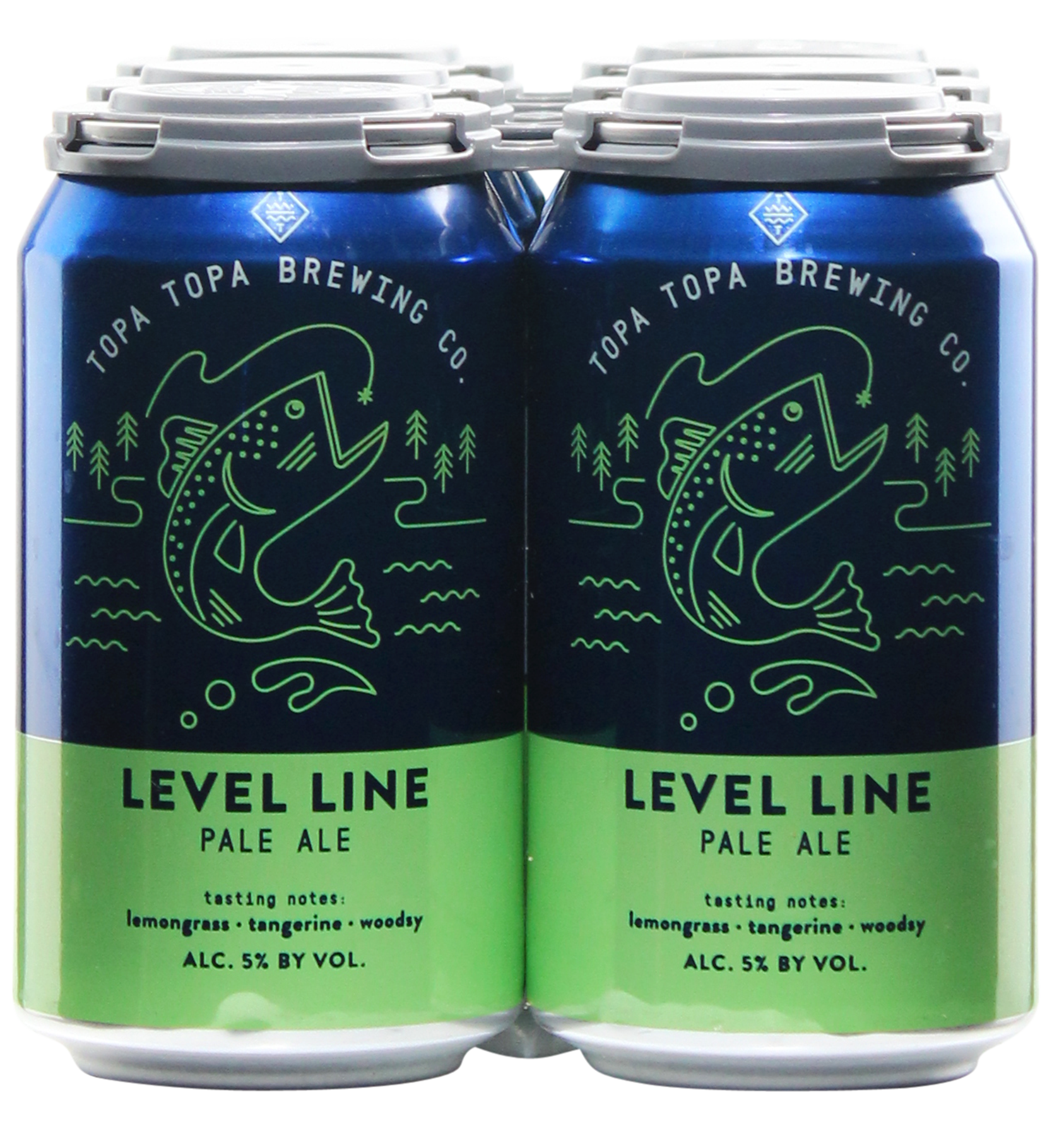2022 Pierre Girardin Bourgogne Blanc ‘Eclat de Calcaire’ MAGNUM
Allocation of Girardin Burgundy Mags?! Sign us up. If you can get any before the team scoops these us this wine is made from 35+ year old Meursault vines with 20% coming from Volnay. It’s precise, it’s complex and it’s just down-right delicious.
Organic farming practices, hand-harvested and native yeast fermentation.
$130.00
Out of stock
Pierre-Vincent Girardin is the 13th generation of his family to make wine in Burgundy. He grew up learning in the cellar of his father, Vincent Girardin, from a very young age. When the elder Girardin sold his Domaine in 2011, he made sure to keep 4.5 hectares of his best sites to one day pass on to his son. In 2017, Pierre-Vincent made his first vintage and announced himself as a rising talent in Burgundy. His father’s extensive contacts in Burgundy allowed Pierre-Vincent to supplement his Domaine vineyards through long-term contracts with top growers who hold his meticulous viticultural philosophy. Together it represents a portfolio of terroir rarely seen under one roof, including such rare sites as village-level Puligny Folatières (Lalou Bize-Leroy bottles the only other parcel from this section of Folatières), Volnay Clos des Chênes, Pommard Epenots, Corton-Charlemagne, and even Montrachet itself. In order to make white wines with the purity, cut and precision he desires, Pierre-Vincent commissioned custom 456L barrels from Francois Freres to reduce the amount of new wood influence.
“Without doubt, a bright new talent has emerged! Expressing terroir is not easy, but producers like Roulot really excel in bringing out the individual character of the village terroirs – showing how different they are – and what they can offer in terms of enjoyment and pairing with food. To find a 21-year-old vigneron with the same ambitions – and the talent to match – is rare indeed.” – Steen Öhmann, Winehog
CHARDONNAY
As the most popular white grape for growing and consuming, Chardonnay can be made in a wide range of styles. These styles can vary from a sparkling Blanc de Blanc, or fresh fermented in stainless steel, to rich and creamy white wine aged in oak barrels. Notable regions for this grape include Chablis or Burgundy in France, Central Coast, Napa, and Sonoma in CA, and Western Australia. When pairing with food, consider the characteristics of your wine first. No brainer pairing options include seafood, salads, and white meat. Chardonnay, with its vast versatility, is everyone’s best friend.
BURGUNDY, FRANCE
Burgundy is a historical region in east-central France that covers a wide area with ranging climates. The large number of producers and appellations within Burgundy can make the region seem complicated to the eye. At its essence though, Burgundy can be quite simple. This is the home for Pinot Noir and Chardonnay, and these wines are second-to-none around the world. Burgundy winemakers were the pioneers for premium Chardonnay production and continue to provide a benchmark of excellence in viticulture and winemaking for all of their varieties.
Vineyard location is extremely important in Burgundy. The location will determine their quality level within the Burgundy appellation hierarchy. The highest-quality vineyards will generally have a south or southeast facing exposure providing the most access to sunlight and offering protection from westerly winds. These wines may be listed as premier cru or grand cru on the bottle label. Soils in Burgundy can vary depending on the area, but you’ll find many of them are rich in limestone and clay. Burgundian wines can age for many years if stored properly and will often hit their peak drinking age 5-10 years after production.
Chablis, the Côte d’Or, Côte Chalonnaise, Mâconnais and Beaujolais are all appellations within Burgundy that have different rules and produce different styles of wines. Perhaps even more well-known are the sub-appellations within. The small villages of Corton, Montrachet, Meursault, and so on have reputations for producing the best white wine in the world.







